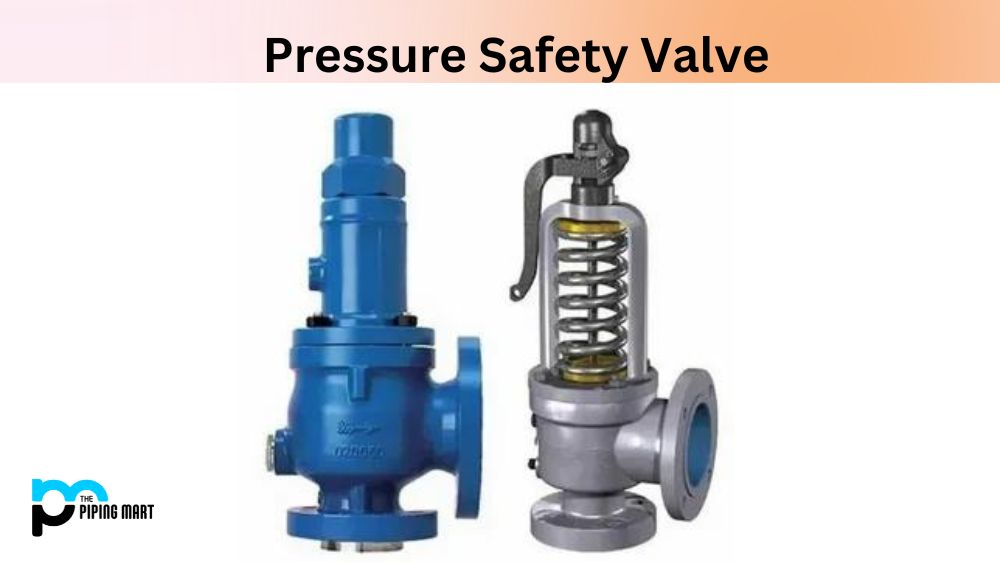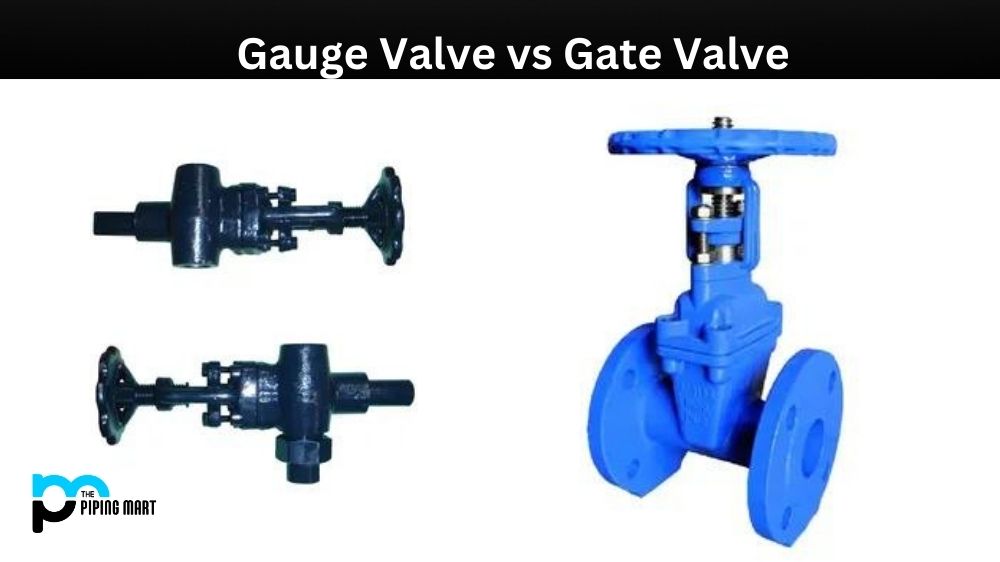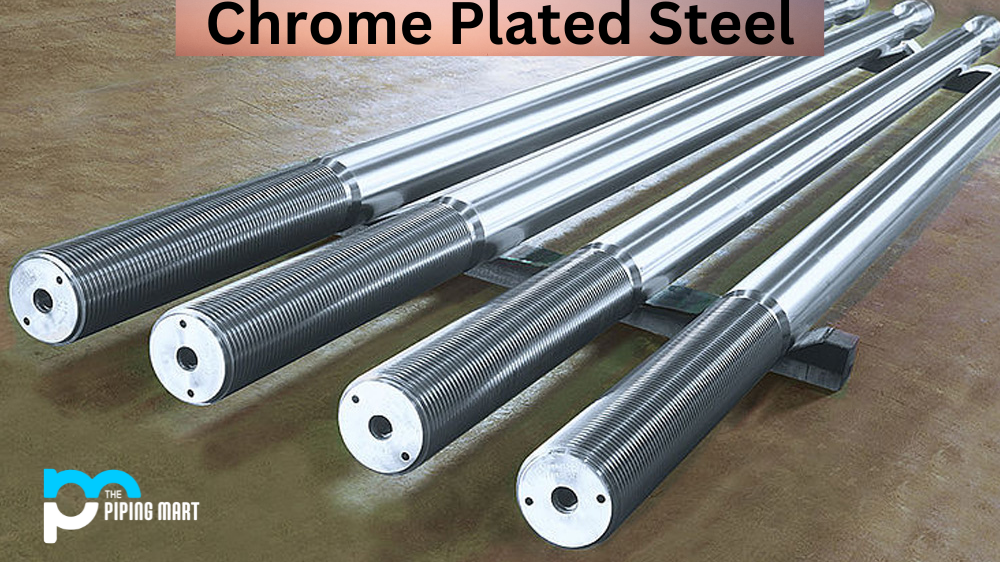If you’re working in an industry that involves pressurized gases or liquids, a pressure safety valve (PSV) is essential to ensure workers’ safety and prevent accidents. PSV releases excess pressure buildup within a system to prevent catastrophic failures. However, PSV come in different types, each for different purposes. This blog will dive into the different types of pressure safety valves and their uses.
Spring-loaded Safety Valves
Spring-loaded safety valves are the most commonly used PSVs due to their functional simplicity, reliability, and affordability. These types of PSVs use a spring to keep the valve shut and prevent pressure buildup. When the pressure exceeds the valve’s set limit, it opens and releases the excess pressure before closing back once the pressure normalizes. Spring-loaded safety valves are ideal for low-capacity industrial applications such as boilers, containers, and pipelines with relatively stable pressure.
Pilot-Operated Safety Valves
Pilot-operated safety valves are designed for high-pressure applications or situations where the set pressure is relatively close to the system operating pressure. These PSVs use a pilot valve to sense pressure changes and operate the main valve. Pilot-operated safety valves are more accurate than spring-loaded valves, as they offer higher capacity and tighter set pressures. They are suitable for liquid service and high-pressure gas systems.
Diaphragm Safety Valves
Diaphragm safety valves use a flexible diaphragm to separate the system from the discharge. They are ideal for toxic or corrosive fluid applications like chemical plants and refineries. Diaphragm safety PSVs have a high range of set pressures, allowing them to be adjusted to meet specific system requirements. They are also suitable for liquid and gas services.
Bellows Safety Valves
The bellows PSV features a bellows element that flexes or contracts to open and close the valve. This type of PSV is ideal for systems with low set pressures or vacuum applications as they have a longer lifespan than other PSVs. Bellows safety valves are typically used in the pharmaceutical or food industry and are very sensitive to pressure changes.
Balanced-Bellows Safety Valves
Balanced-bellow safety valves address the issue of high backpressure in the system leading to the valve’s failure. These PSVs use second bellows to balance the excess pressure, making them ideal for steam, gas systems, and cryogenic applications.
Conclusion:
Selecting the right PSV for your industry application prevents accidents and keeps your workers safe. Now that we’ve discussed the different types of PSVs and their uses, you can decide which valve will be suitable for your application. Ensure you involve a qualified engineer to help you select and install the appropriate pressure safety valve. Always remember that regular inspections, testing and maintenance are essential to ensure that the PSVs are functioning at optimal performance and working to the best of their ability.

Pipingmart is a B2B portal that specializes in metal, industrial and piping items. Additionally, we share the latest information and information about materials, products and various types of grades to assist businesses that are involved in this business.




